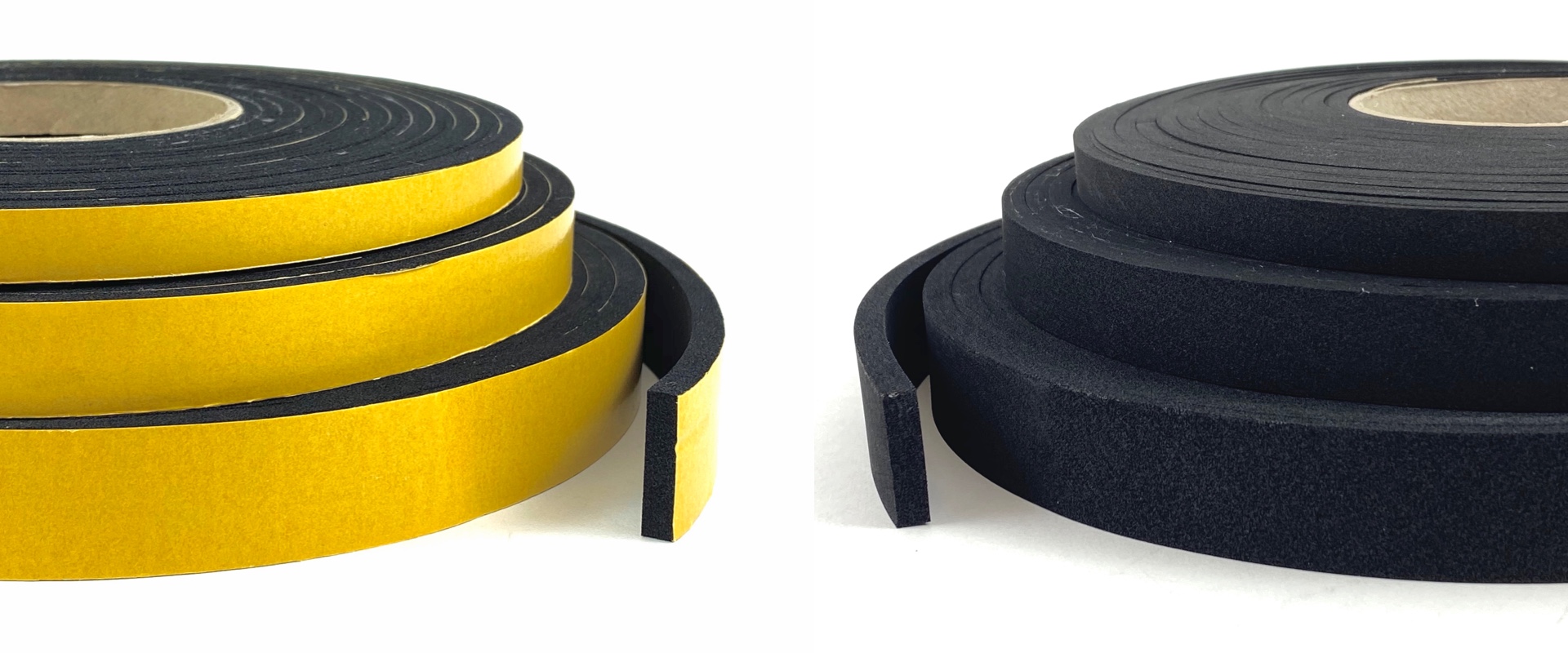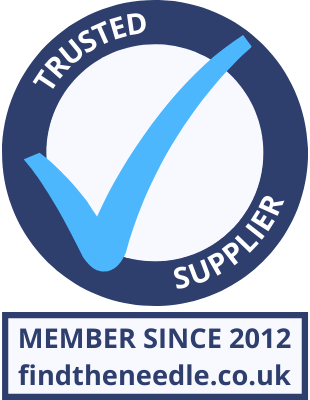 Add My Company
Add My Company
Is Sponge Rubber Waterproof?

Sponge rubber is an incredibly versatile material known for its unique cellular structure that combines the properties of both solid rubber and foam. This cellular structure provides sponge rubber with a distinctive set of features, making it an ideal choice for various applications across multiple industries. Products manufactured from this material tend to have excellent compressibility, flexibility and conform to uneven surfaces to provide a tight seal.
The primary distinction of sponge rubber is its porous sponge-like composition. This is achieved through a manufacturing process that creates cells within the rubber. These cells are either open-cell or closed-cell where the difference lies within their ability to resist water. Open-cell sponge rubber has interconnected pores that allow air, moisture and water to pass through or be absorbed within the profile. This compares to closed-cell sponge which has enclosed waterproof cells.
The choice between open-cell and closed-cell sponge is primarily dictated by the need for waterproofing, water resistance or moisture absorption.
Closed-Cell Sponge Rubber
Closed-cell sponge rubber is known for its waterproof properties, making it an excellent choice for sealing applications in wet environments or where moisture is a concern. This type of sponge rubber has a unique cellular structure, where each cell is completely enclosed and does not interconnect with adjacent cells. This construction forms a compact, non-porous barrier that effectively blocks the passage of water and air, making the section water-resistant and waterproof.
Most rubber materials, such as neoprene, EPDM or silicone, can be manufactured into closed-cell sponge products. The density and compression set of closed-cell sponge rubber can also be adjusted during manufacturing. Higher density variants provide greater water resistance and durability, ideal for industrial uses where robust sealing is needed.
Open-Cell Sponge Rubber
In a similar way to closed-cell sponge rubber, open-cell sponge is designed to be compressible and flexible. However, its interconnected cellular structure forms an open porous network that has the ability to absorb moisture and water. These allow air, liquid and gases to pass through, enabling the sponge to absorb and retain water. This makes it suitable for applications that require moisture uptake and cushioning.
Manufactured from materials like natural rubber, neoprene or polyurethane, open-cell sponge can be tailored to various levels of softness, flexibility and absorption capacity. The porosity and density of open-cell sponge rubber can be controlled during the manufacturing process, influencing its water absorption rate and capacity. This ability allows for specific applications where controlled moisture uptake is necessary.
Sponge Rubber Products
Selecting the right sealing product for your application is important to ensure a long-lasting seal that does not allow the ingress of water, air or dirt. Our sponge rubber seals and sponge strip are manufactured from closed-cell materials so will provide you with a reliable sealing solution.
To find out more about choosing the best sponge rubber profile, contact our knowledgeable team at Seals Direct. You can give us a call by phone on 01425 617722 or submit your enquiry via email to sales@sealsplusdirect.co.uk
For more information on Is Sponge Rubber Waterproof? talk to Seals Direct Ltd

